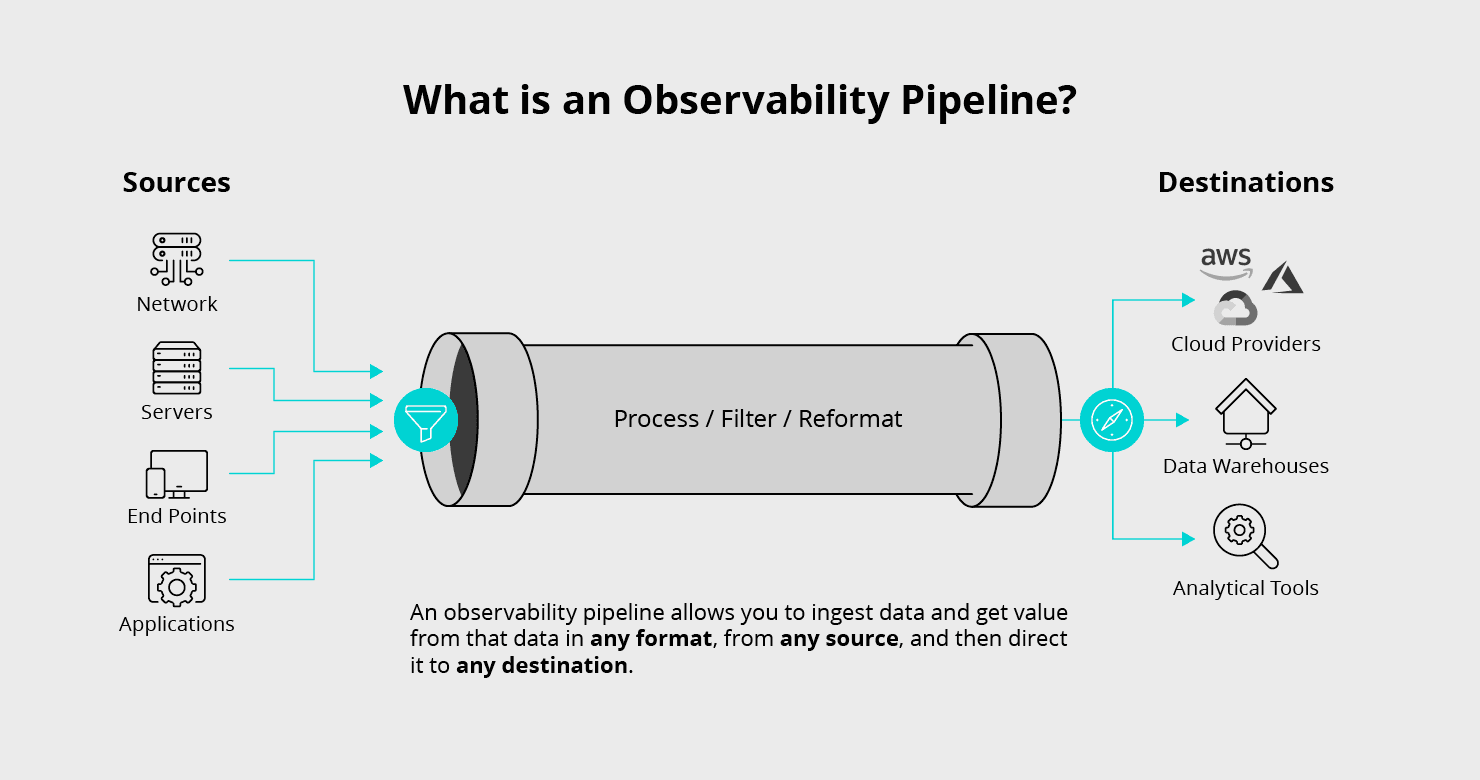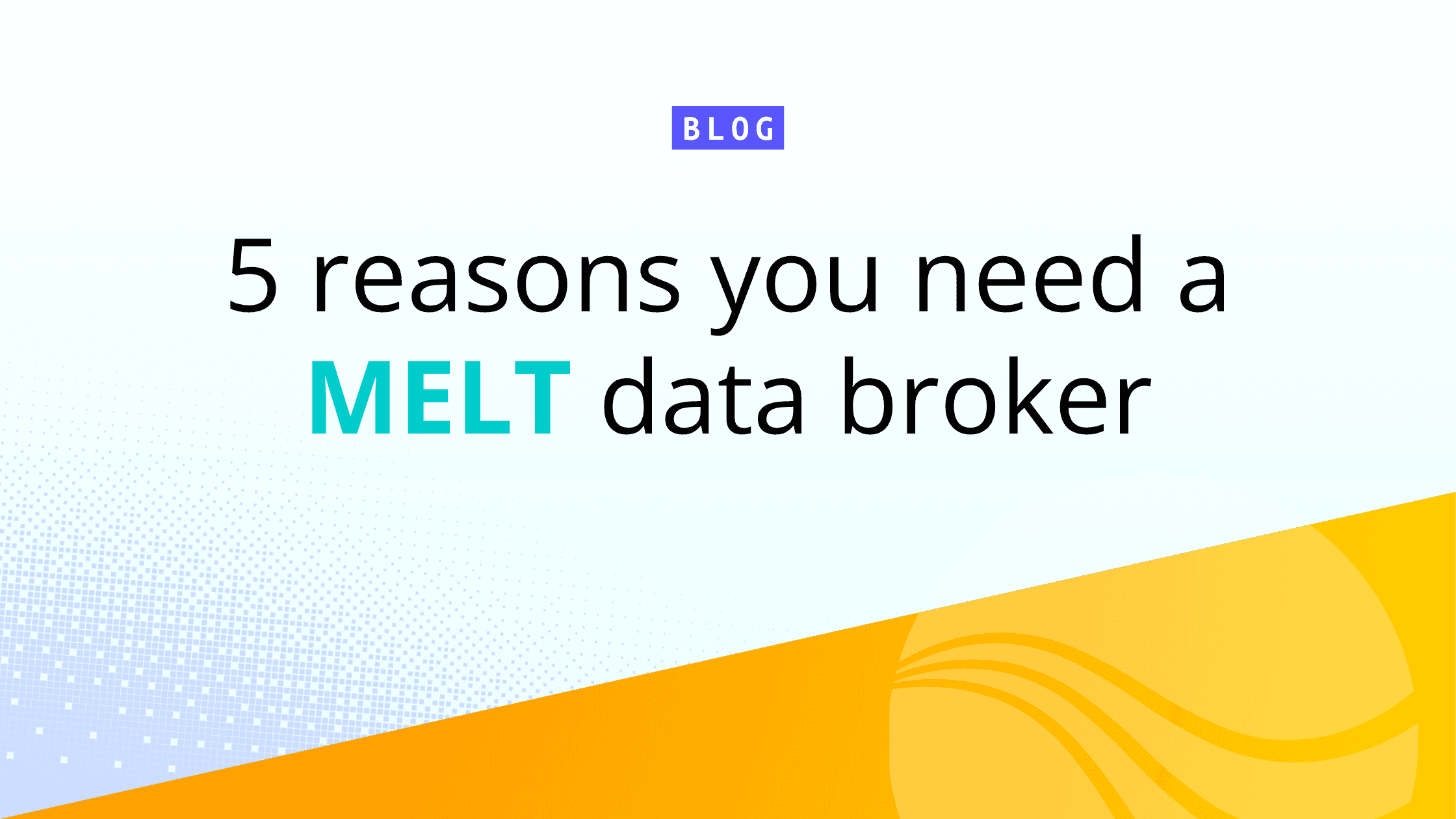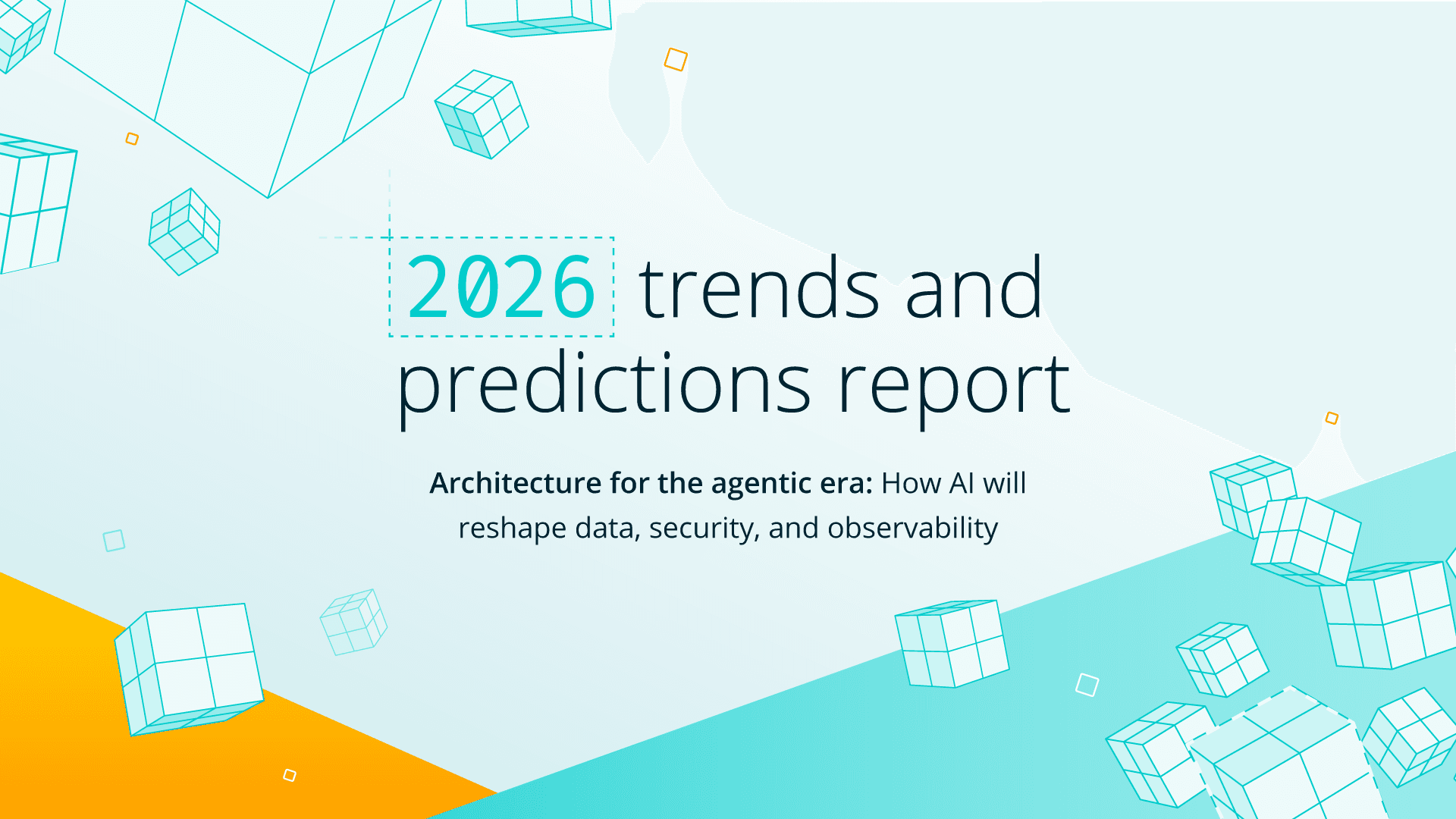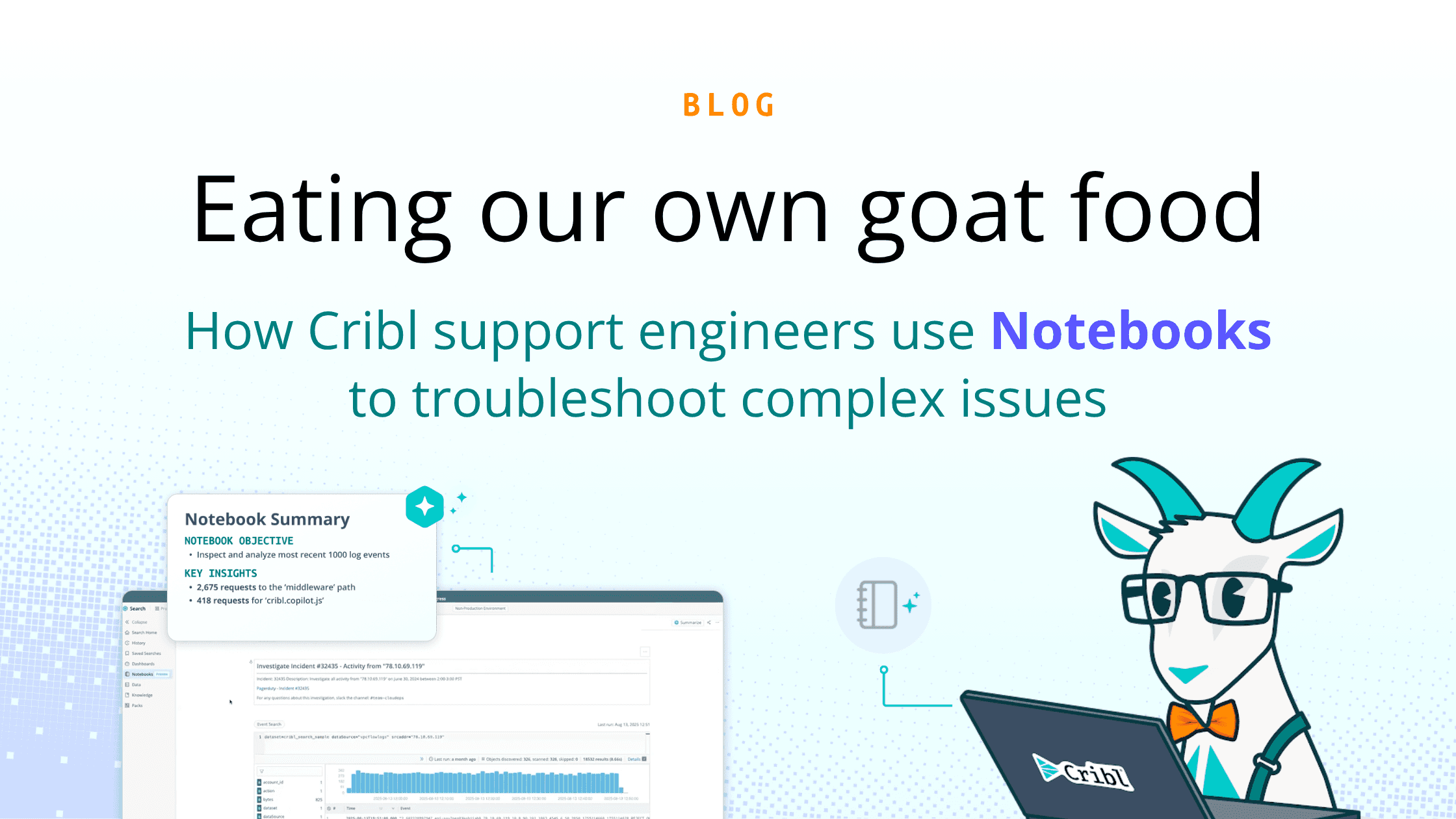Third-party APIs and cloud based software as a service (SaaS) tools have become a cornerstone of modern enterprises. It is essential to monitor log data and optimize API performance. This will ensure that development teams provide the desired advantages to clients and users.
To address this challenge, businesses can use an observability pipeline. It is a set of tools and processes that monitor and analyze data from various sources. That includes third-party APIs and SaaS tools. This enables companies to gain insights, identify areas for improvement, and monitor for security breaches (along with quickly reacting to them).
APIs and SaaS tools are essential in today’s tech world. In this blog post, we will discuss the importance of an observability pipeline. In addition, we will provide guidance on building an effective observability tool.
What Is an Observability Pipeline?
An observability pipeline is a powerful tool that can help businesses gain insights and improve their performance. This tool unifies data processing across various types of observability, such as metrics, logs, and traces. It can deliver data to any tool in the organization that works with API observability data.
To ensure the observability pipeline is effective, it should have several key attributes:
Ability to process and analyze all relevant data, regardless of shape or format.
Seamless integration with multiple tools and platforms to maximize its usefulness to the company.
Easy configuration and validation to identify and reproduce how the data was processed.
Reliable delivery of capabilities to ensure observability data is securely delivered to its intended destination in the right format.
Why an Observability Pipeline is Crucial in a SaaS-Driven World

API observability is important for ensuring optimal performance and security of APIs and SaaS tools. Monitoring performance is one essential aspect. It’s accomplished by collecting and analyzing metrics, event logs, and traces related to third-party API calls. That way, IT and security teams can detect and improve performance issues proactively to ensure customers have a positive experience.
Security is also a significant concern for APIs and SaaS tools. An observability pipeline can assist with detection of security vulnerabilities in real-time. This is achieved by monitoring API calls and analyzing user behavior by allowing them to proactively address them.
In addition to performance and security, an observability pipeline can assist businesses determine unknown issues. It is done by analyzing data from APIs and SaaS tools to uncover patterns and trends that may indicate underlying issues. This allows teams to tackle these issues before they become major problems.
As companies shift towards cloud-native architectures, API monitoring and observability have become important. They ensure end users and customers have a great experience. An observability pipeline provides a holistic view of API health. It enables busnesses to detect and address issues before they become major problems.
How to Build an Effective Observability Pipeline
To make an effective observability pipeline, it’s crucial to take a methodical approach. Follow these steps:
Define your goals
Figure out what you want to achieve with your observability pipeline. Whether it’s improving performance, finding security issues, or meeting regulations – this is a key pillar of API observability
Identify relevant data sources
Determine the most important data sources for your goals, such as API analytics and SaaS logs. Consider the relevance, reliability, and accessibility of the data and where the right destination should be.
Choose the right tools and platforms
Pick the observability tools and platforms that fit your goals and data sources, including open-source or commercial options.
Implement the pipeline
Set up your observability pipeline by configuring data sources, formats, and destinations. Test your pipelines before putting them into use in production
Monitor and iterate
Continuously monitor your data pipeline’s performance. Make changes as needed. Some of them include fine-tuning your alerting and notification settings, adding new components, masking data, or updating the schema.
Wrap up on an API Observability Strategy
Companies continue to rely on third-party APIs and SaaS tools, as well as traditional monolithic applications. To drive innovation and efficiency, they also face various challenges such as performance issues, security vulnerabilities, and compliance requirements.
With an observability pipeline, businesses can quickly identify and address performance issues and security liabilities. It can also help them monitor compliance with relevant regulations, such as data privacy laws. That way they will avoid any inadvertent exposure of sensitive information.
Overall, implementing an observability pipeline is essential for any business that uses third-party APIs, SaaS tools, or traditional applications. Gaining real-time visibility into these tools allows companies to optimize their usage and better serve their customers. In addition, they can quickly determine and address any issues that may arise.







